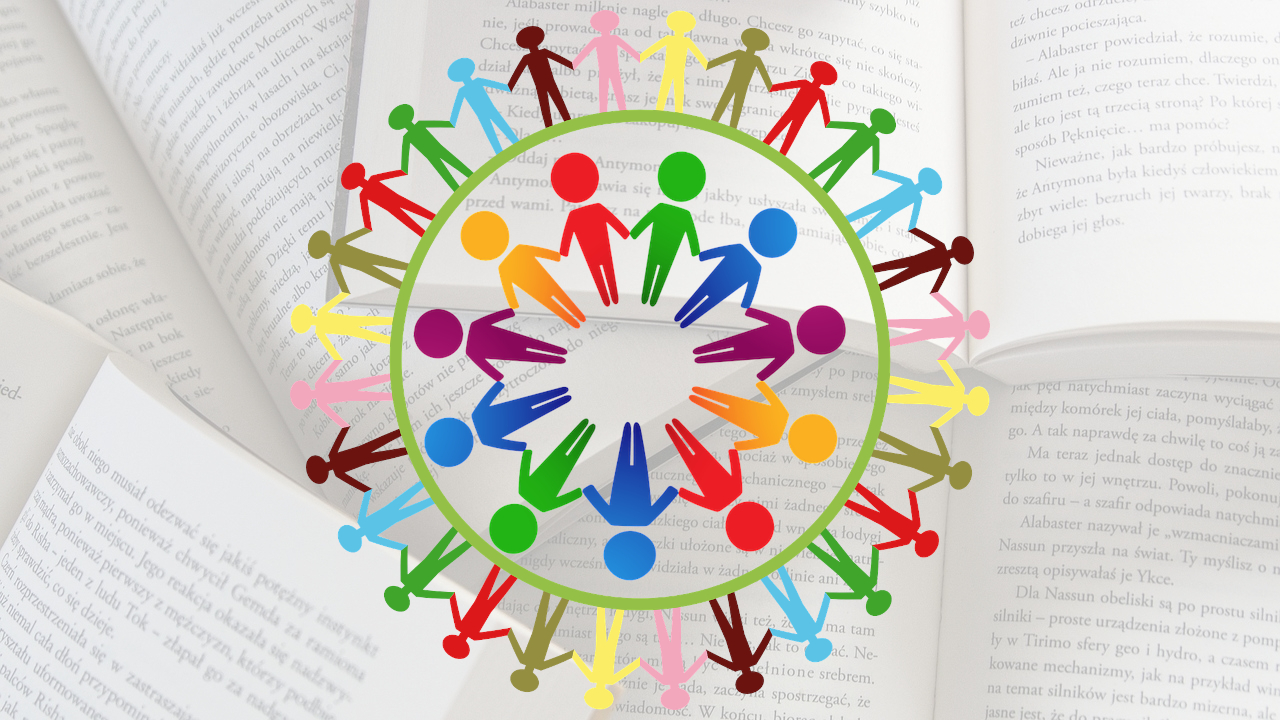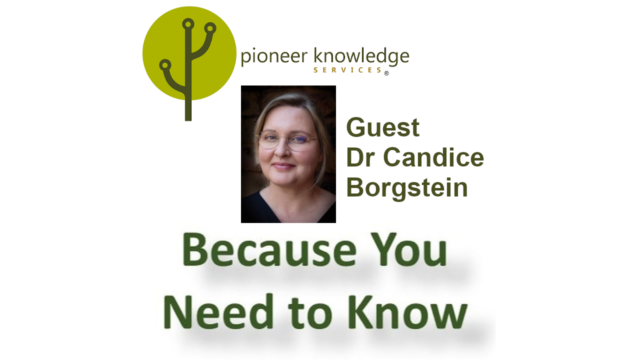
Knowledge kaleidoscope: crafting narratives for connection
If you could pause and recall which story remained etched in your mind since you were a toddler until today?
Why do you have such a clear memory of the story? How has the story impacted you?
What is storytelling?
Storytelling is one of the oldest modes of knowledge transfer1. It is a powerful tool that connects people sharing about life struggles, happiness, and aspirations. It helps to pass along values and knowledge – an exclusive human trait2 that no other living thing on Earth can do.
What is an effective story?
Many know that storytelling helps people to remember better, so what makes an effective story? An effective story3 involves crafting and performing a well-made story involving the main character, plot, climax, and resolution. The storyteller needs to catch hold of the audience’s attention to evoke a sense of sight, hearing, and smell in the context where the story happened; the well-made story will then be effective when these components are incorporated. Storytelling requires active listening4 – when the audience listens more actively, a deeper bond will be created. Being the listener, stories can inspire action5 through emotions and motivate individuals to translate to actions.
Why storytelling?
In the digital age today, the revolution has transformed the way people tell stories on digital platforms. It provides new avenues for storytelling to share the narratives and connect globally with other individuals.
Storytelling is highly applicable, and everyone will come across it frequently in contexts such as education, personal development, knowledge management, marketing, business presentation, leadership communication, political change dissemination, and building bonds with others. The stories that we stumble upon continuously shape us to be who we are today. With vast research on the practice of knowledge management, organizations have realized the power of storytelling6 allowing audiences to share information differently, in ways more personal, humane, and permanent.
Storytelling in knowledge management
In knowledge management, creating stories that allow knowledge flow is a key area of success. Translation of tacit knowledge has been challenging as it is the interplay between an individual’s experiences, values, memories, and environment; extracting an individual’s inner perspectives is valuable as it is the key to understanding the drivers behind actions and motivations. Stories allow a seamless leap between knowledge and information.
A data story to share
A study7 by Boldosova aims to find out the need for the role of storytelling and big data analysis in customer adoption of suppliers’ smart devices. The company Steel Co. focused on a smart service, Remote Monitoring and Diagnostics (RM&D), encompassing real-time remote monitoring services with data collection through controls, sensors, cameras, and software installed in machinery. Steel Co. started by intensively collecting customer success stories integrating these stories into smart service sales and guiding workers remotely for troubleshooting. Data collection was performed over 30 months involving 32 formal face-to-face interviews, 22 service meetings, 16 R&D project meetings, 6 service trainings, 9 customer meetings, and 2 international trade events.
The result shows that storytelling is a collective sensemaking and sense-giving process that involves interactions between customers and suppliers whereby both entities contribute to the development of stories. It also shows that there is a link between storytelling and analytics, revealing a new way of using big data analytics as an illustrative example of a smart service story. A visual overview and use of stories blur the line between data and machine. To have better sensemaking on the value of storytelling for each organization, individuals are advised to work closely with marketing departments in the creation of stories and disseminating them to customers through different channels for sustainability.
Crafting your own data stories
In bustling corridors of organizational analytics, data always seems like a maze of numbers and charts that is impenetrable. Dykes delved into data storytelling8 and found out that data lacked the power to engage and convey a hidden story within the graph lines.
Key success begins with framing the story at the beginning with an intriguing opening, a data story requires an impactful opening for initial connection. After stakeholders are drawn into the narrative, next is the art of selecting the right data points. To frame it tactfully as an opportunity has become paramount. Story impact depends on the target audience, be it C-suite executives or middle managers, recognizing that each audience has a unique perspective. Narratives need to be tailored to resonate with the target audience. Before connecting with the audience, individuals need to put themselves in the shoes of the audience to understand their needs, aspirations, and challenges. This allows connection at a personal level and creates an emotional bond making them feel inclusive by acknowledging their experiences and perspectives.
Denning mentioned9 that character is one of the key components in stories. Data points can be the characters of the story with illustrations of its role and contribution by humanizing them. Protagonists of upward trends and antagonists of declining metrics can make up the climax of the story. Context and interpretation form the plot of the story, this will help the audience find nuances beyond numbers and the story’s message needs to be clear and resonate with them. Visuals will enhance the value of stories and presenting insights as data stories will influence decisions. Analytics path to value shows that data story is one key component towards value creation.
Integrating storytelling into your work and daily life to connect with others
At the professional level, we can pitch the presentation to be more captivating with a clear narrative at the beginning, middle, and end. Weaving stories into data helps add meaning beyond numbers and graphs, providing context for a better connection with the target audience.
During our interactions with our family, friends, and colleagues, we can incorporate personal experiences and encounters into our conversations and make them more relatable and engaging. Aside from just sharing challenges, we can narrate stories of how we overcome them and provide inspiration to others. Storytelling can impart values and life lessons to our future generation in a more memorable way.
Start today when you meet new people and establish deeper connections by sharing stories of your interests or challenges.
Article source: Adapted from Knowledge Kaleidoscope: Crafting narratives for connection, prepared as part of the requirements for completion of course KM6304 Knowledge Management Strategies and Policies in the Nanyang Technological University Singapore Master of Science in Knowledge Management (KM).
Header image source: Created from Katrina_S, Clker-Free-Vector-Images, and Gerd Altmann on Pixabay.
References:
- Brown-Grant, J. (2022). Knowledge Management and the Practice of Storytelling: The Competencies and Skills Needed for a Successful Implementation. Emerald Publishing Limited. ↩
- Ortega, F. (2024, January 23). Elevating Culture and Leadership Through Storytelling. LinkedIn Pulse. ↩
- Denning, S. (2011). The Leader’s Guide to Storytelling: Mastering the Art and Discipline of Business Narrative. John Wiley & Sons, Inc. ↩
- Gargiulo, T. L. (2005). The strategic use of stories in organizational communication and learning. Armonk, N.Y.: Routledge. ↩
- Ortega, F. (2024, January 23). Elevating Culture and Leadership Through Storytelling. LinkedIn Pulse. ↩
- Brown-Grant, J. (2022). Knowledge Management and the Practice of Storytelling: The Competencies and Skills Needed for a Successful Implementation. Emerald Publishing Limited. ↩
- Boldosova, V. (2020). Telling stories that sell: The role of storytelling and big data analytics in smart service sales. Industrial Marketing Management, 86, 122–134. ↩
- Dykes, B. (2020). Effective Data Storytelling. Hoboken, New Jersey: John Wiley & Sons. ↩
- Denning, S. (2011). The Leader’s Guide to Storytelling: Mastering the Art and Discipline of Business Narrative. John Wiley & Sons, Inc. ↩






